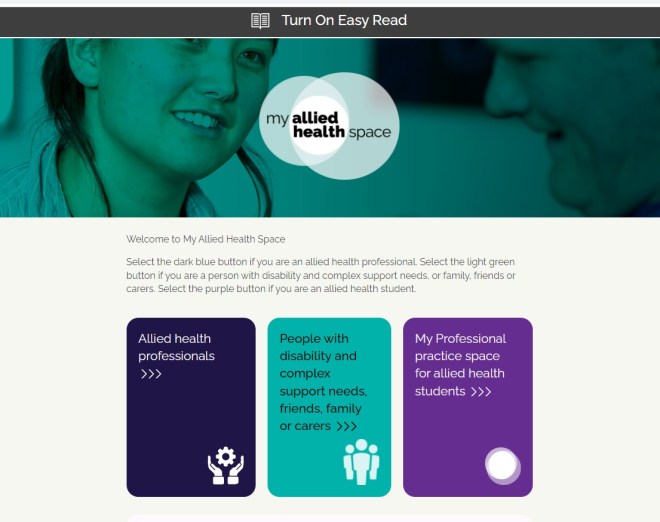Colour blindness is an eye condition that changes the way people see colours. It doesn’t seem like a big thing to people who have normal colour vision. But when it comes to reading things like maps, it matters a lot. Graphs, maps, diagrams and other graphic information types often rely on colour to differentiate between elements and features.
With genetic colour blindness, men are about 16 times more likely to be affected than women. Injury or disease can also affect the ability to see certain colours.

Apart from genetic reasons, some health conditions increase the risk of developing colour blindness later in life. Macular degeneration, glaucoma, diabetes, dementia, and Parkinson’s disease can all affect colour vision. Because it happens later in life it often gets unnoticed and undiagnosed. Some medications might affect colour vision too. For more, see My Vision guides.
You are at greater risk of colour blindness if you are a white male and have family members with colour blindness.
Red-green colour vision deficiency occurs in 1 in 12 males with Northern European ancestry. For women it’s 1 in 200.

The Axess Lab website has some great tips for making graphics more inclusive. For example, putting text into pie charts, and labelling goods with colours not just showing them. Colour contrast matters too as you can see in the picture below.


Colours that are accessible

Colour is an important part of designers’ creative work. When it comes to colour accessibility the creative path takes a few twists and turns. That’s because people who say they are ‘colour blind’ are not all the same. Most can see some colours, but not all of them. So how can designers choose colours that are accessible, especially in digital communications?
Adobe has a blog page that explains the importance of choosing colours. Four images show the three different versions of colour vision deficiency, which are:
- Protanopia: Referred to as “red weakness,” this variation of red/green color blindness results in individuals being unable to perceive red light.
- Deuteranopia: Also known as “green weakness,” this type of red/green color blindness renders people unable to perceive any green light.
- Tritanopia: People who suffer from blue/yellow color blindness have difficulty distinguishing between blue and yellow colors. This form of color blindness is far less common than its red and green counterparts.
Graphic designers will appreciate the colour wheels and ways to avoid a conflict of colours. Examples of good colour choices show that designs can still be attractive as well as functional. You can try out the online Material Design accessible colour tool that provides information on colour contrasts for visual material.
Readability and colour choice
Colour choice is also a factor in readability. The video below shows how easily we can be deceived by our eyes. It shows how two different shades of grey are actually the same. That’s why you can’t rely on judging contrast by eye.







 Anyone buying or selling online wants the best possible view of the product. Buyers want to see relevant size and shape and key information. Sellers want the maximum number of sales. Making visual information clear, and easy to read and understand is key. Coles supermarkets has devised an image guide for suppliers to make products more readily recognised. So viewing products online with Coles should get easier for everyone. eBay sellers should also note.
Anyone buying or selling online wants the best possible view of the product. Buyers want to see relevant size and shape and key information. Sellers want the maximum number of sales. Making visual information clear, and easy to read and understand is key. Coles supermarkets has devised an image guide for suppliers to make products more readily recognised. So viewing products online with Coles should get easier for everyone. eBay sellers should also note. Few would argue the moral imperatives for web accessibility but actually doing it is another matter. And it’s not just about the warm fuzzies of inclusion – it’s good for business.
Few would argue the moral imperatives for web accessibility but actually doing it is another matter. And it’s not just about the warm fuzzies of inclusion – it’s good for business. 
 Accessibility and inclusion begins with procurement for any project. Often a scope of works is done by a non-expert to get the expert. But
Accessibility and inclusion begins with procurement for any project. Often a scope of works is done by a non-expert to get the expert. But 




 Citizen action has never been more important and much of this is done online and through social media. This is due to the ease of technology, a pandemic and plain economics. Consequently, it’s important to make online spaces accessible for everyone.
Citizen action has never been more important and much of this is done online and through social media. This is due to the ease of technology, a pandemic and plain economics. Consequently, it’s important to make online spaces accessible for everyone.  It is often thought that economic arguments will win the day if social justice arguments are ignored. This may be partially true if these arguments are allowed to be heard. “
It is often thought that economic arguments will win the day if social justice arguments are ignored. This may be partially true if these arguments are allowed to be heard. “